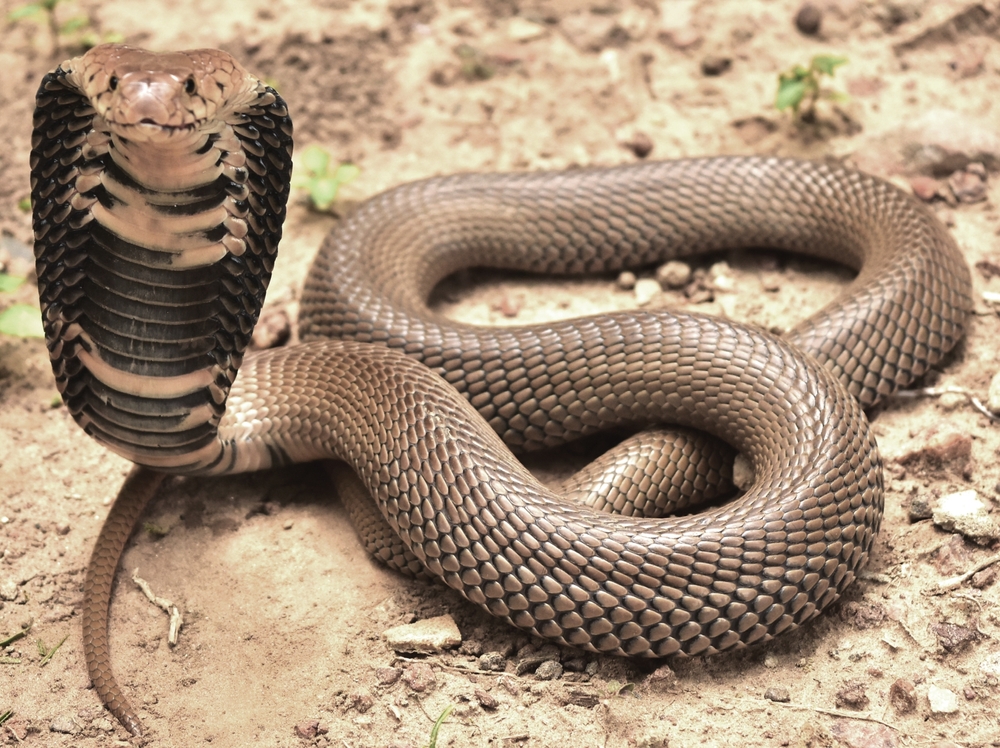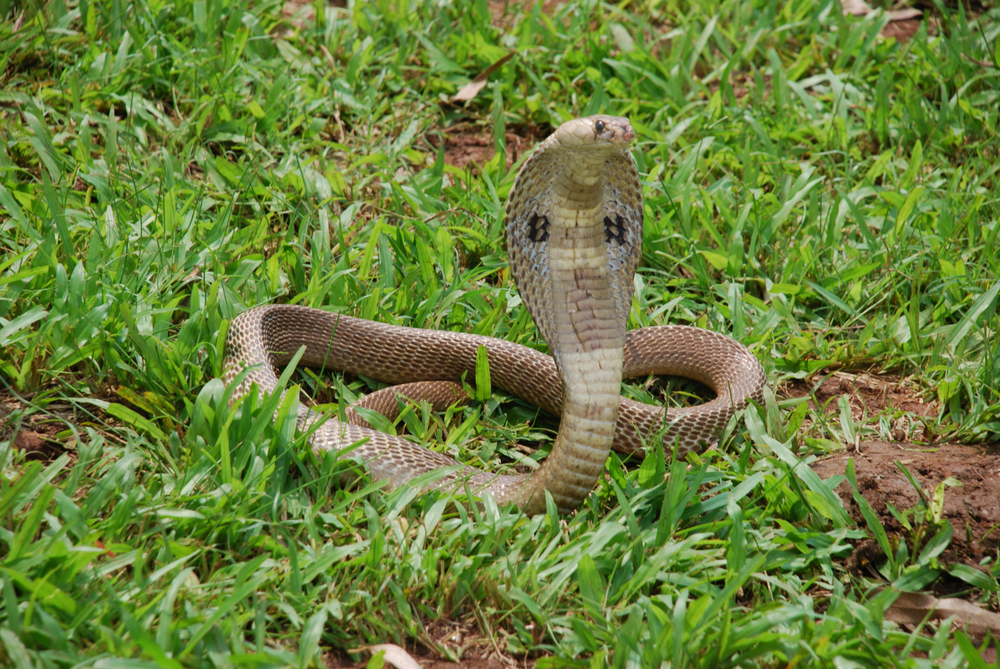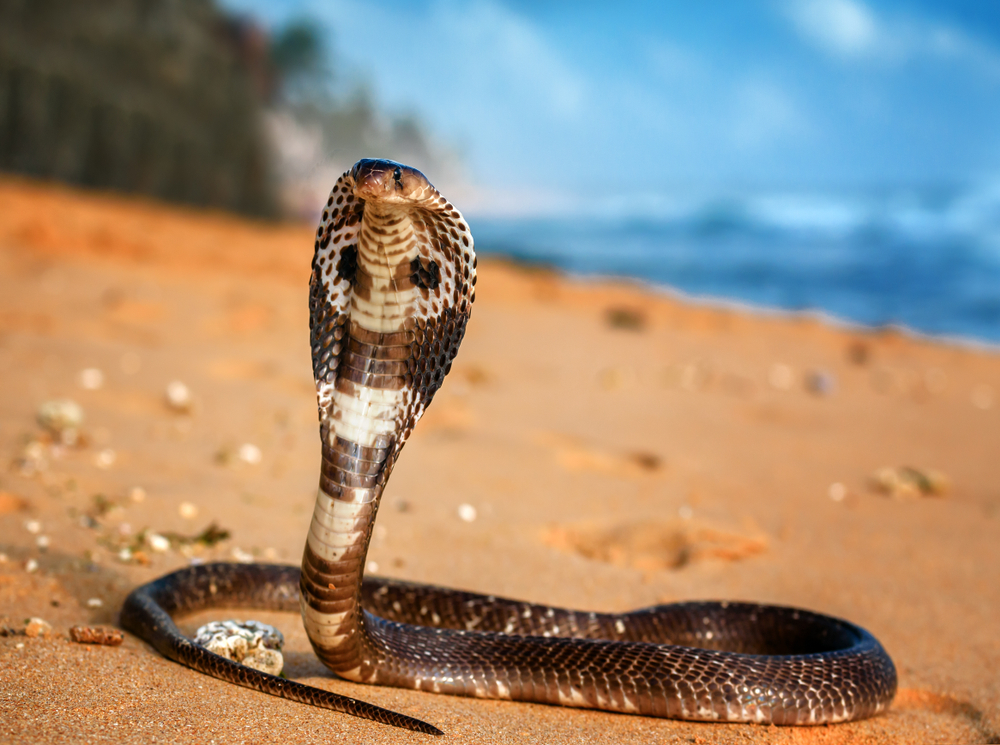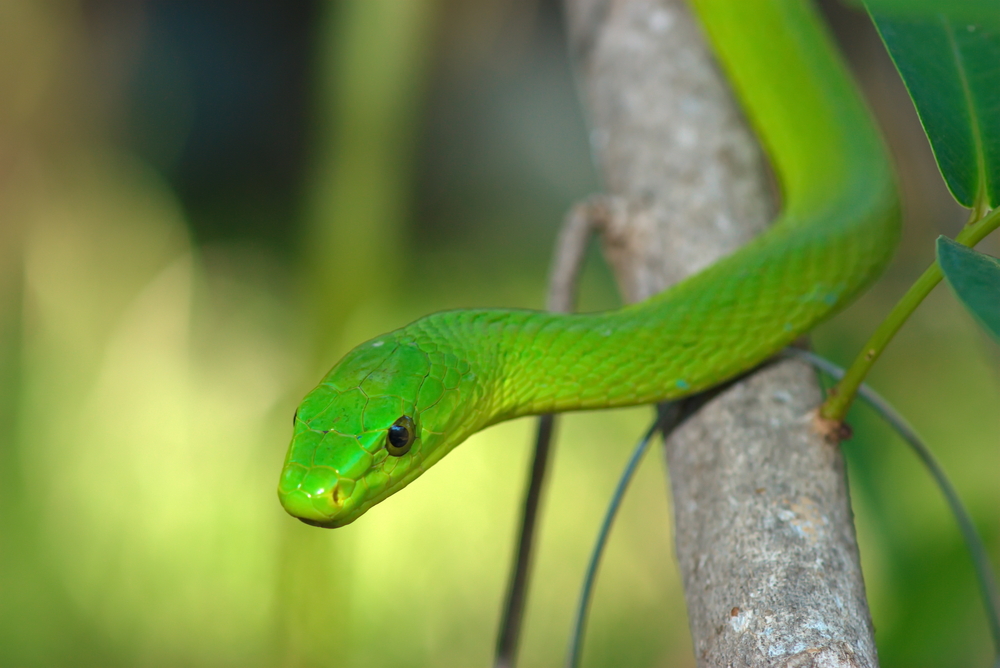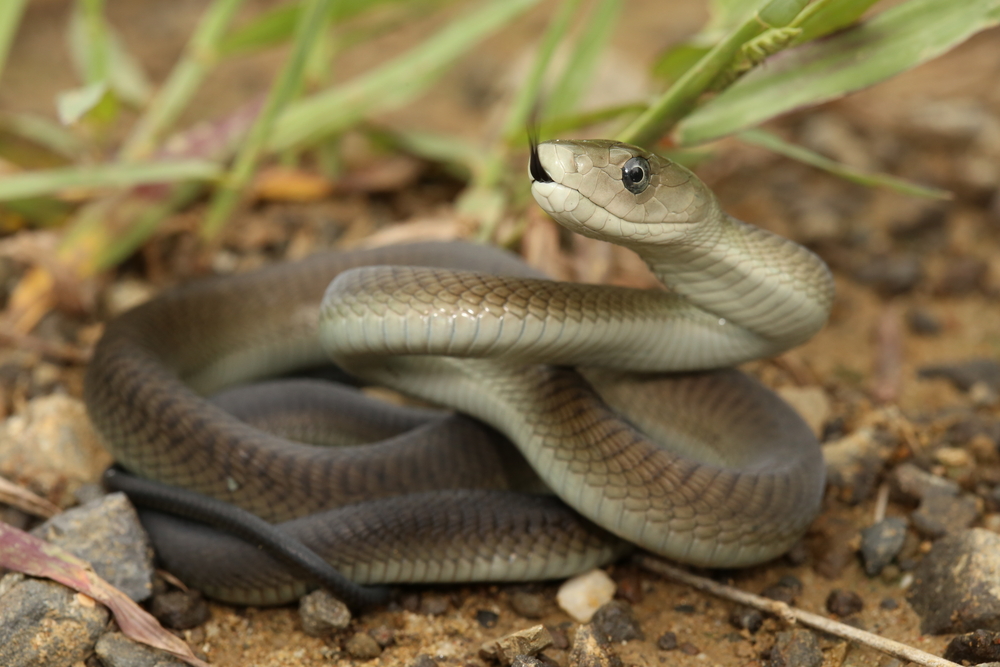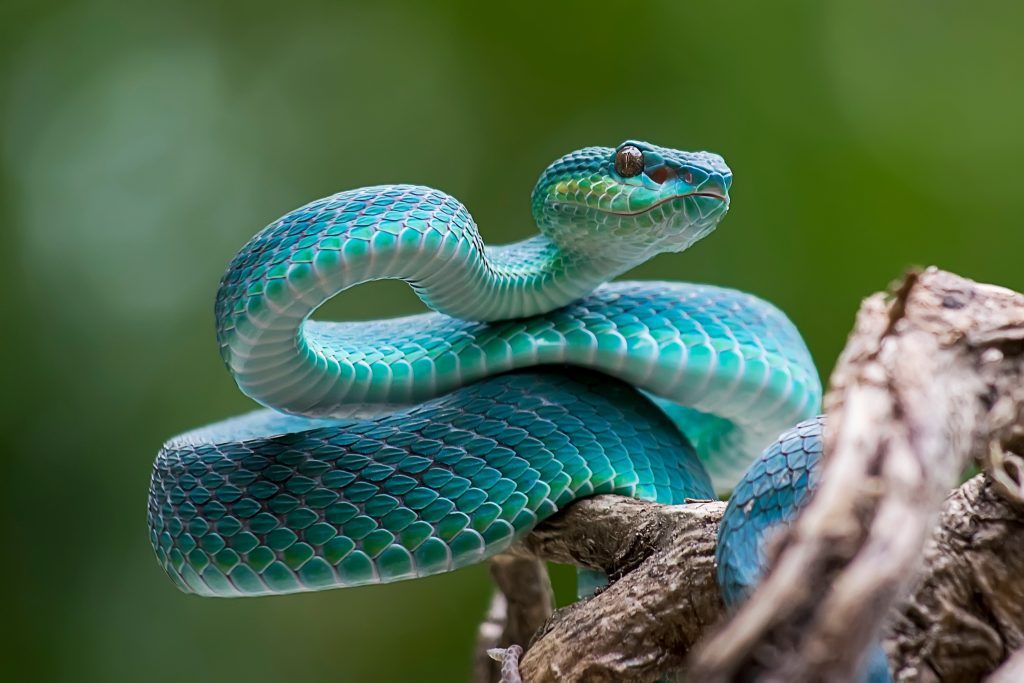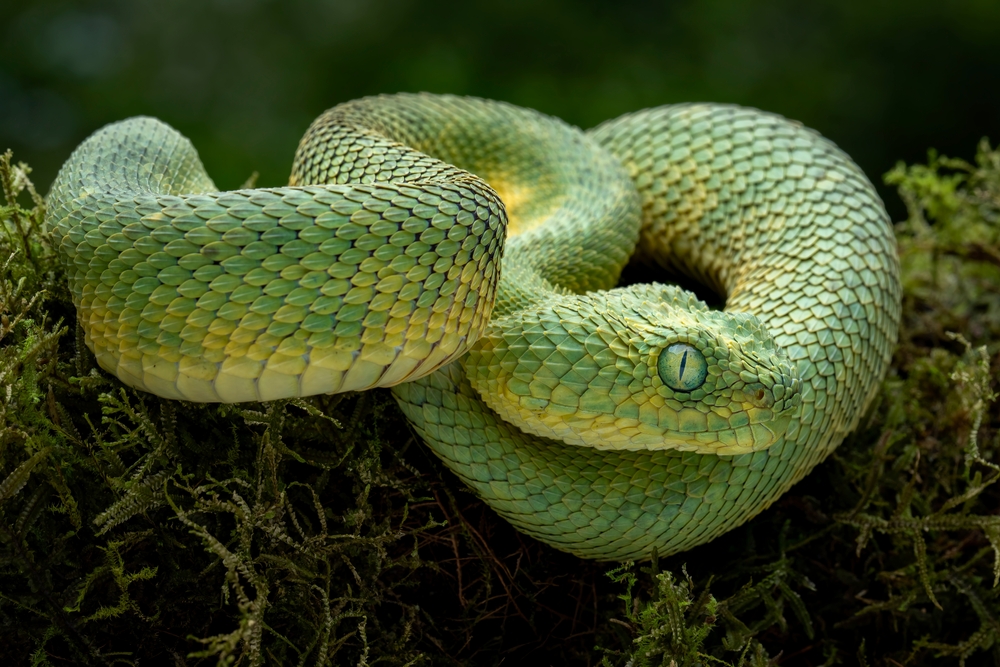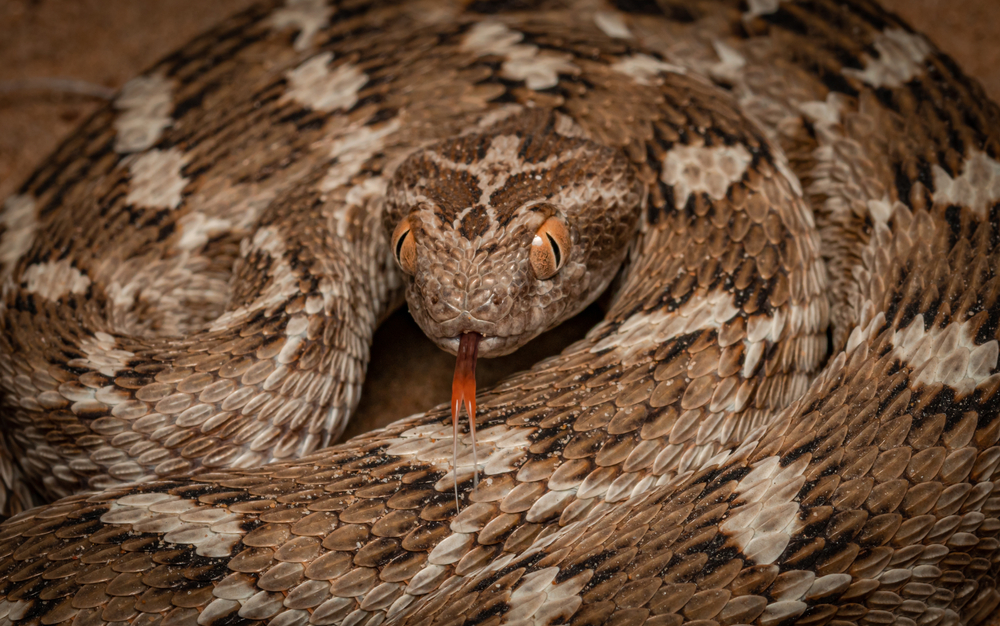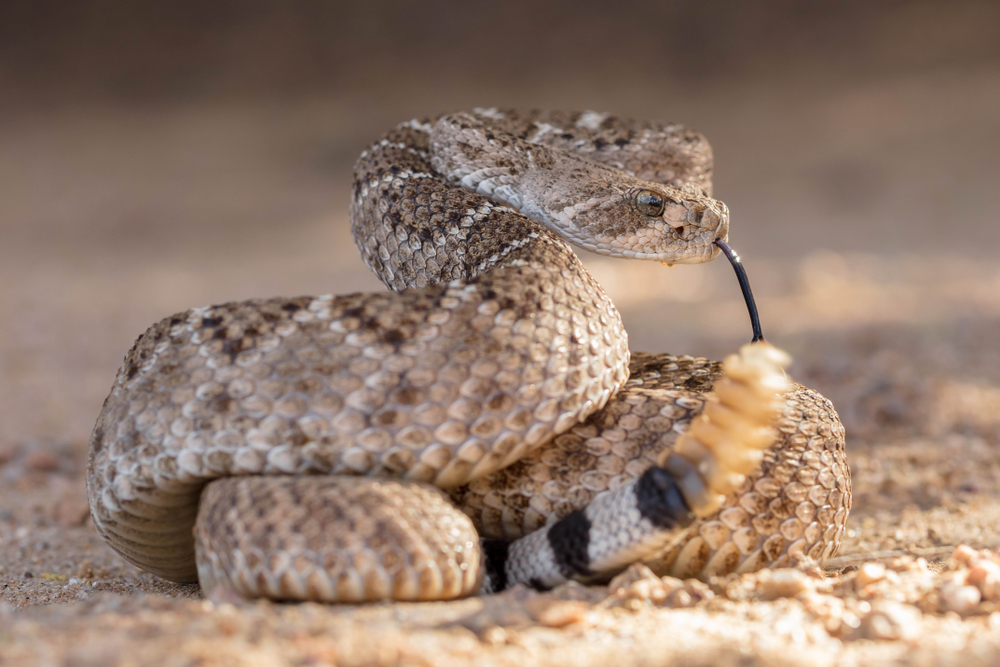About
#Reptile
Spitting cobras are a group of highly defensive venomous snakes belonging to the genus Naja, known for their ability to eject venom with remarkable accuracy toward the eyes of potential threats. Found across sub-Saharan Africa and parts of Asia, these snakes inhabit savannas, woodlands, scrublands, agricultural areas, and even urban outskirts. Their remarkable defensive behavior and widespread distribution make them among the most recognizable and studied cobras.
Adults vary widely in size depending on the species, typically ranging from 1 to 2.2 meters (3.3 to 7.2 feet) in length. Like other cobras, spitting cobras have a flattened hood that they raise when threatened, accompanied by loud hissing and upright posturing. Their coloration also varies by species—some are solid brown or black, while others display banded or reddish patterns.
What sets spitting cobras apart is their ability to project venom through forward-facing openings in their fangs. When threatened, they accurately “spit” venom up to 2–3 meters (6–10 feet), targeting the eyes of predators. If the venom contacts the eyes, it causes intense pain, inflammation, and, if untreated, temporary or permanent blindness. This behavior is purely defensive—used to deter rather than kill.
Despite their name, these cobras still deliver a neurotoxic and cytotoxic venom through bites, capable of causing paralysis, tissue damage, and even death if untreated. They feed primarily on rodents, birds, frogs, and other small animals, using venom to immobilize prey.
Spitting cobras are oviparous, laying clutches of 10–30 eggs in burrows, termite mounds, or secluded nests. Hatchlings are fully venomous at birth.
Notable species include the black-necked spitting cobra (Naja nigricollis), red spitting cobra (Naja pallida), and the Indonesian spitting cobra (Naja sputatrix).
Spitting cobras belong to the genus Naja, in the family Elapidae.
Threatened:
Extinct
Critically Endangered
Endangered
Vulnerable
Near Threatened
Least Concern



































































